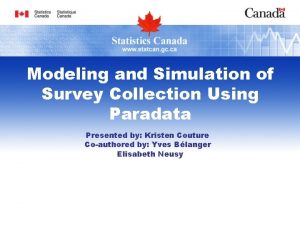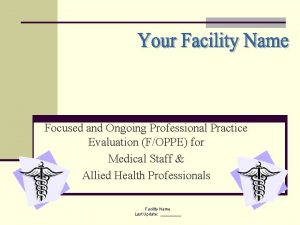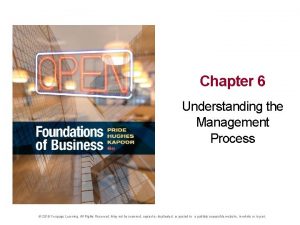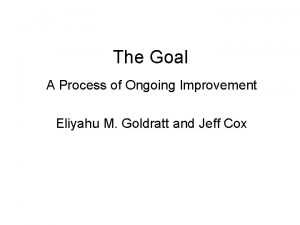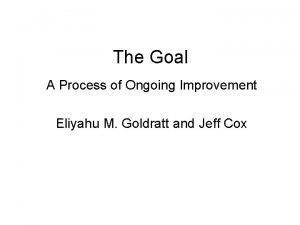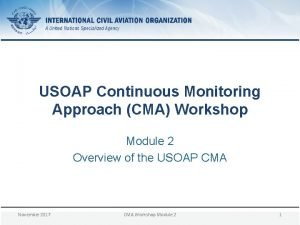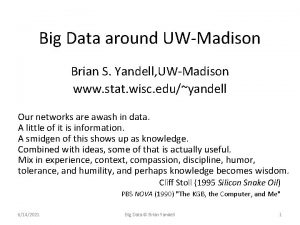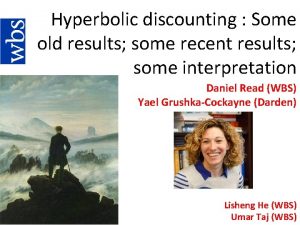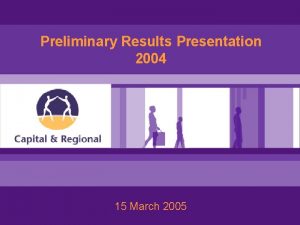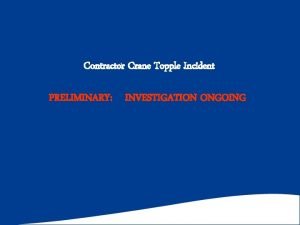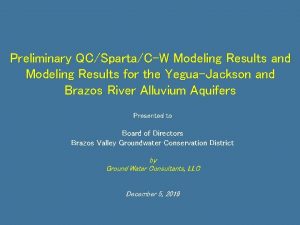ONGOING UWMADISON DVCRELATED RESEARCH Some Preliminary Results UWMadison












- Slides: 12

ONGOING UW-MADISON DVC-RELATED RESEARCH Some Preliminary Results UW-Madison Pyle Center February 4, 2003

TWO STUDIES • Evaluation of Warning Sign Locations and Nearby DVC Patterns • Development of Wisconsin County. Level DVC Prediction Models

SIGN/CRASH STUDY • DVCs Near Signs have Never been Systematically Considered • This is Not a Study of Crossing Sign Effectiveness • Assumption: Signs are in Locations with Higher than Typical DVC Numbers • Five WI Counties Chosen after a DVC and Carcass Removal Data Evaluation • Considered 3 Years of DVC Data near 72 Signs Grouped within 30 Roadway Segments

SIGN/CRASH STUDY (Cont. ) • Segment Group Definition: Ø The Ends of Each Segment were 2 Miles from the Last Signs in Each Direction Included within a Group Ø All the Signs in a Roadway Segment Group were within 2 Miles of Each other or the End of the Segment

SIGN/CRASH STUDY (Cont. ) • Preliminary Analysis Conclusions: Ø DVCs per Mile and DVC Rate (per VMT) Found to be Statistically Higher Between Signs Ø 28 Groups had Higher than State DVC Average Rate Between Signs Ø “Between” Sign Rate was Approximately 4 Times Higher than the State Average and “Outside” Rate was 2 Times Higher than the State Average • Preliminary Thoughts on Interpretation

COUNTY MODEL STUDY • At Least Two County Models Exist in Other States • Data from 12 WI Counties Eliminated from Use Lack of Data Ø Unusual Annual Variability in Reported DVCs Ø Deviations from Typical County and Statewide Variability Ø Deviations from Typical County and Statewide Trends Ø

COUNTY MODEL STUDY (Cont. ) • Data from 54 Counties used in Development and 6 for Ongoing Validation • Illinois Model Applied and Determined to be Inappropriate for Wisconsin • Three WI Models Developed with Almost 20 Input Variables Considered along with Their Interactions and Higher Order Forms

COUNTY MODEL STUDY (Cont. ) • Some of the County Input Variables Considered: Ø Deer Density and Populations Ø Human Density and Populations Ø Traffic Volume (VMT and AADT) Ø Roadway Length and Density Ø Acreages: Recreational Areas, Farmland, Woodland Timberland Ø Average Season Snow Depth

COUNTY MODEL STUDY (Cont. ) • County Models Developed: Ø DVCs per Land Area Ø DVC Rate (per VMT) Ø DVCs per Year Ø R 2 = 0. 64 to 0. 82

COUNTY MODEL STUDY (Cont. ) • Some Variables with Significance: Ø Deer Density Ø Human Density Ø VMT Ø Roadway Density Ø Snow Depth Ø Timberland/Woodland/Recreational Acreages • Models Might be Useful to Predict County & State Numbers and Determine Impacts of Physical Changes

CONCLUSIONS • Research Projects are Additional Benefit of UW-Madison Clearinghouse • Research Work will be Finalized Soon • Expected that Results will be Presented within Region/Nationally and Shared on Website • Students Graduating with Safety Expertise in this Area another Benefit of UW-Madison Clearinghouse

QUESTIONS AND DISCUSSION
 Preliminary results example
Preliminary results example Preliminary research
Preliminary research Ongoing professional practice evaluation template
Ongoing professional practice evaluation template Understanding the management process
Understanding the management process Present continuous form
Present continuous form Nursing process stages
Nursing process stages Actual nursing diagnosis
Actual nursing diagnosis The goal boy scout hike
The goal boy scout hike The goal: a process of ongoing improvement
The goal: a process of ongoing improvement Ongoing or on-going
Ongoing or on-going Brigance readiness activities
Brigance readiness activities Continuous monitoring approach
Continuous monitoring approach Construction work ongoing
Construction work ongoing
